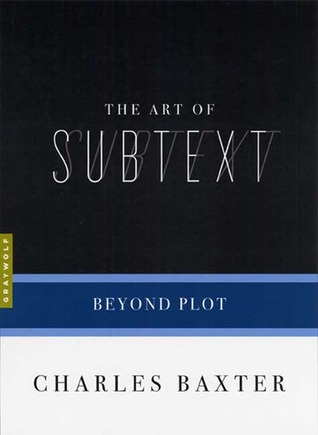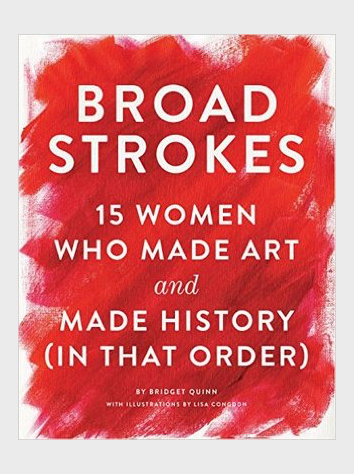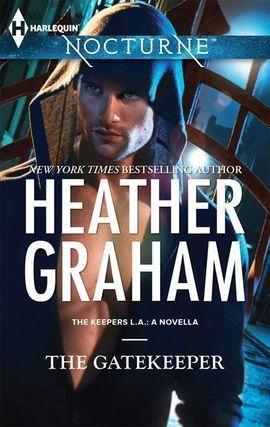I received this book for free from in exchange for an honest review. This does not affect my opinion of the book or the content of my review.

The Art of Subtext: Beyond Plot
by
Charles Baxter
non-fiction, business in Paperback edition that was published by Graywolf Press on July 24, 2007 and has 182 pages.
Explore it on Goodreads or Amazon
First in The Art of the business of writing, The Art of Subtext: Beyond Plot is nonfiction for the writer and intended to help develop a deeper, more interesting plot.
In 2008, The Art of Subtext: Beyond Plot won the Minnesota Book Award for General Nonfiction.
My Take
This was too subtle for me. I picked up a few useful bits here and there, but for the most part, I was just confused.
The first chapter was good, and I got all excited with the promise of what I thought was ahead.
“…create an interior space, using details of location and objects that mirror a psychological condition.”
I love this idea and had never consciously considered it even as I subconsciously appreciated its use in the books I read.
But then Baxter goes on to muddle it up. Or perhaps it wasn’t a muddle so much as he never connected the dots with his subsequent meanderings — it read more like a random series of thoughts that connected in Baxter’s mind.
Further in, there is a dissection of motivations which Baxter explains as possible plot starting points. A bit obvious, but it was a chunk I could grasp.
Oh, another interesting bit is his analysis of Freud’s “wrecked by success” phrase. It’s a truism that people can be just as crippled by a fear of success as they can by a fear of failure, and Baxter notes that the trauma of achieving success can also lead to useful plot conflicts.
Baxter also notes those novels which are almost all subtext including Cheever’s “The Swimmer” and Franz Kafka’s The Castle.
He does confuse me with his discussion of psychic deafness and referential denial as it sounds as if he’s applying them in two different areas. He bounces back and forth between explaining and a silly story that makes no sense. I have to wonder if he was late getting this story written for some deadline. Although he does go on to explain “the unheard” as a denial of what we don’t want to hear and a selective filtering.
I did enjoy his discussion on how, and he had some good examples. Consider the many different ways you can say a phrase depending upon how you’re feeling: scared, happy, bored…
He also explains the necessity of a scene in your scenes. And by that I mean, embarrassment. You know you need conflict in every scene, and one way to achieve this is in having your characters act outrageously. Well, more outrageous than someone raised to be polite, anyway. Instead of conflict-avoidance, you need to seek out creating conflict. “Create scenes that in real life we would typically avoid.” And, of course, this level of conflict would be different for each character, each scene. –Look on this necessity as an opportunity to project your own wish to behave outrageously or to fulfill a desire, but on paper. It seems that just about any of Dostoyevsky’s stories can provide excellent examples of this.
“Creating a scene is thus the staging of a desire.”
John Cheever’s “The Five Forty Eight” has a scene which rings true when Miss Dent explains to Blake why she needs that gun…gave me the shivers it was so true.
Baxter does caution against being melodramatic, however. In my opinion, melodrama is not drama that makes the reader uneasy. Instead it’s going over the top in emotion or reaction.
His chapter on “Loss of Face” is, interesting to read, but again, confusing. I’m not sure if it’s my own projections, desires, or what, but I don’t (or hope I don’t!) judge a book by its cover or a face by its beauty or lack of. Are we truly suspicious of beautiful people? And as for contemporary use of clothing and body language as a way to characterize someone. Yeah?? So?? Isn’t this more accurate than using the way a person’s face looks?
I do agree with Baxter that in our current society we’ve all learned to put on a face, that people are on guard against others. Look at the Ted Bundys of the world!! I do wish, however, that someone would explain to me how the “history of racism and the history of disability studies have invalidated reading someone’s character based on the appearance of their face”. How does this even relate? Is it intended to provide validation to Baxter’s comments?
Ooh, I did like his use of Paula Fox’s characterization of Laura’s smile. How he explained her description of its transformation into something of malice! Eeek!
One of the pluses is a list of the books to which Baxter refers throughout the text. I just wish he’d included either the page number upon which the book appeared or a hint as to its purpose in being included as an example.
I gotta say, for all in all, this book simply gave me a headache trying to understand it. It wasn’t worth the few gems.
The Cover and Title
The cover is split by five horizontal bands: the largest, the black, focuses your attention on the title; two “pinstripe” bands of colonial blue separate the royal blue band with its subtitle, and the remaining band at the bottom reverses the top color choices with the author’s name in black against a white background.
The title indicates a depth, an exploration that goes inside the plot, The Art of Subtext: Beyond Plot.










